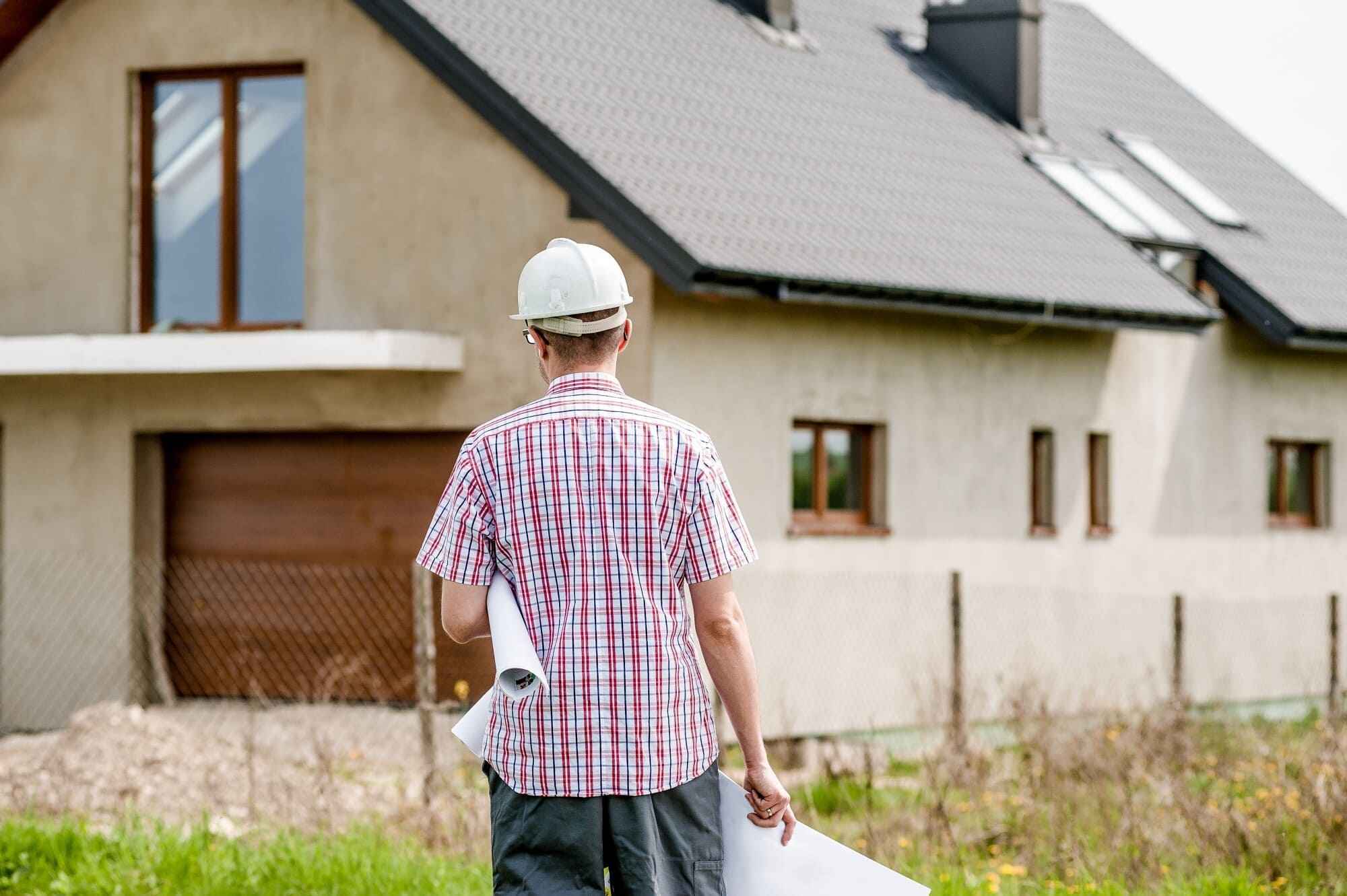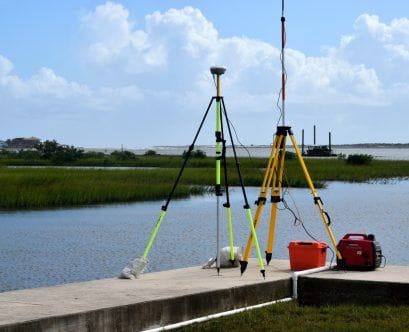Have you ever been part of a construction project or land development? If you have, you’ve heard the term environmental impact assessment before. But what exactly is it, and what is its purpose?
Additionally, who does an environmental impact assessment? What is the complete process like? If you’re a builder or project developer, how does it affect you?
Environmental impact assessments are a crucial part of any new land development. However, the process can be confusing.
Let’s break down everything you need to know about environmental impact assessments. We’ll talk about what they look for and why they’re important. We’ll also address criticism to them in this complete guide. Finally, we’ll discuss whether or not your project needs an environmental consultant. Let’s get started.
What is an Environmental Impact Assessment?
An environmental impact assessment looks at how a project or development will affect the environment. It takes the socio-economic impact, cultural impact, and health impacts of a project into account before it begins.
The ultimate goal of the assessment is to reduce any negative impacts on the environment or community. The assessment guides the decision-making process of the entire project. It looks at the benefits and negatives of the project. Essentially, it tries to predict the impact on the process from design to completion.
Why do an environmental impact assessment? It helps project planners reduce the negative impacts their development could have. It also helps them know how their projects can be beneficial for the community’s needs.
The objective of an environmental impact assessment is to make sure that concerns are not overlooked. Negative outcomes should be avoided when it comes to the bio-physical and social effects of a project.
Political Decision Making
Many countries use environmental impact assessments as part of their legislation. They help inform politicians about what projects will be most beneficial. Whether that’s a new highway or a public park, they guide their future project planning.
For construction projects, an environmental impact assessment is usually required to get permits. Next, let’s look at the process of an environmental impact assessment.
How Does an Environmental Impact Assessment Work?
An environmental impact assessment requires a thorough investigation that starts with screening. This process determines whether a project requires a full or partial assessment.
Common projects that require an environmental impact assessment include:
- Urban development
- Building roads and bridges
- Shopping centers
- Railway lines
- Oil and gas pipelines
- New dams or reservoirs
- and more
Next, the scoping process determines what factors of the assessment will be the most relevant for each project. Scoping evaluates requirements based on legislation, public involvement, expert opinion, and international conventions.
This part of the assessment is also when alternate solutions to any adverse environmental impacts are sought after. Solutions could include:
- Halting development
- Changing the design to have a better impact
- Adding safety measures
- Compensating any affected parties
The next step is to evaluate any needed alternatives that could have a better environmental impact. A professional environmental consultant would be very valuable at this part of the process to help find solutions.
After the necessary solutions are considered, the actual environmental impact assessment is reported. The Environmental Impact Statement presents all the information so that a decision can be made about going forward.
Typically, the decision is based on whether the benefits of the development outweigh any negative impacts it is predicted to have. A third party is typically brought in to assess the report before it is approved or denied by the political decision-makers.
Now that we’ve gone over how the whole process works, let’s talk about what an environmental impacts assessment evaluates.
What are the Factors Considered in an Environmental Impact Assessment?
An environmental impact assessment is looking for any changes that new development may make to the environment. That includes:
- Polluting
- Ecological imbalance
- Viewpoints of stakeholders
- Carbon emissions
- The materials being used and how they are sourced
- Water contamination
- Hazardous landfill waste
- Public health risks
- Potential noise
- Potential smells
- Other negative impacts on the community
It’s important to discover the negative impacts of a new development before the construction process starts. It shows environmental and community responsibility.
Criticisms of the Environmental Impact Assessment
While an environmental impact assessment is important, some groups do not think it goes far enough.
The biggest issue is that it only focuses on the direct impact of development. Critics accuse it of not having a wide scope. Ideally, it should also consider the indirect and long-term social impacts of development.
Some groups prefer the life cycle assessment instead. A life cycle assessment is a more detailed report. It considers the entire lifespan of a project.
However, life cycle assessments do not consider the social impacts of a project. Environmental impact assessments look at how the community is effective as well.
Environmental Impact Assessment Final Thoughts
While an environmental impact assessment may need some changes and updates, it is still important. It shows that you care about both the environment and the community and that your development can benefit both instead of harming them.
If all of this info is overwhelming, consider hiring an environmental consulting service for your project. A professional consultant will help you navigate regulations and your sustainability goals.
At AAA Group, we can provide the environmental compliance and consulting services you need. We specialize in land surveying, groundwater monitoring, and soil testing. We also a variety of other remedial testing services. Click here to request a quote for your land development project today.






